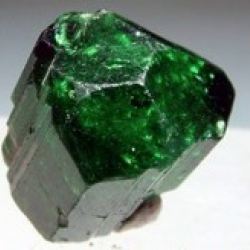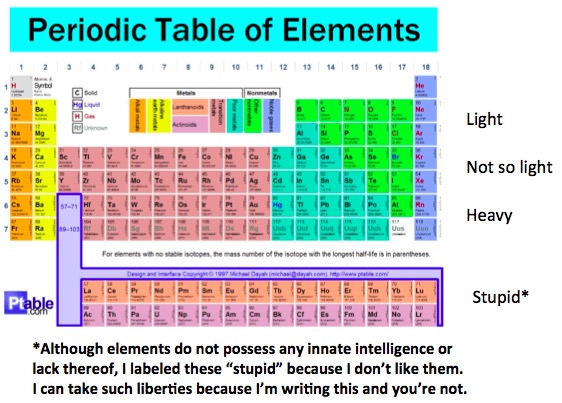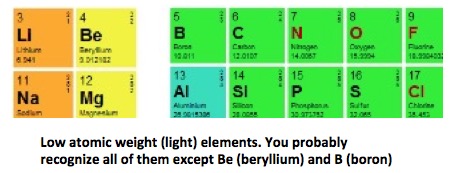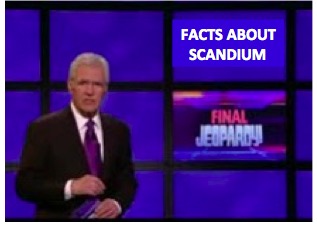V Is For Vanadium: Versatile, Valuable, And Very Colorful

The periodic table of the elements is logical. Sometimes. For example, as you go from the top (light elements) to the bottom of the table (heavy elements) the atoms get larger and (usually) rarer. Also, on the left-hand side of the table is where the metals (orange and yellow) reside. Non-metals (green) are on the right-hand side. So, at this point, the periodic table below should at least make some sense.

Now, let’s zoom in on the lightest elements. You will know most of them. Eight are essential for life, especially, carbon, nitrogen, oxygen, phosphorous and sulfur.

Things get a bit strange when you look at the next row of the table. More colors = more confusion.

Let’s zoom in some more on the pink ones. They are called transition metals (1). You are probably familiar with the six on the right: copper, nickel, cobalt, iron, manganese, and chromium, as well as titanium (second from the left). But there are a couple of strange dudes in there.

The lightest transition metals. You know most of them, but what the hell are Sc and V?
After 25+ years in the lab, I not only did not use scandium once but never even thought about it, let alone mention the word. So it’s a damn good thing I never found myself in this situation:

On the other hand, even though vanadium is probably not the first word you’ll utter in the morning, it does have some use to chemists. One example is a fairly common chemical reagent (2) called vanadyl acetylacetonate aka vanadyl acac (pronounced ack-ack) which contains (duh) vanadium.

